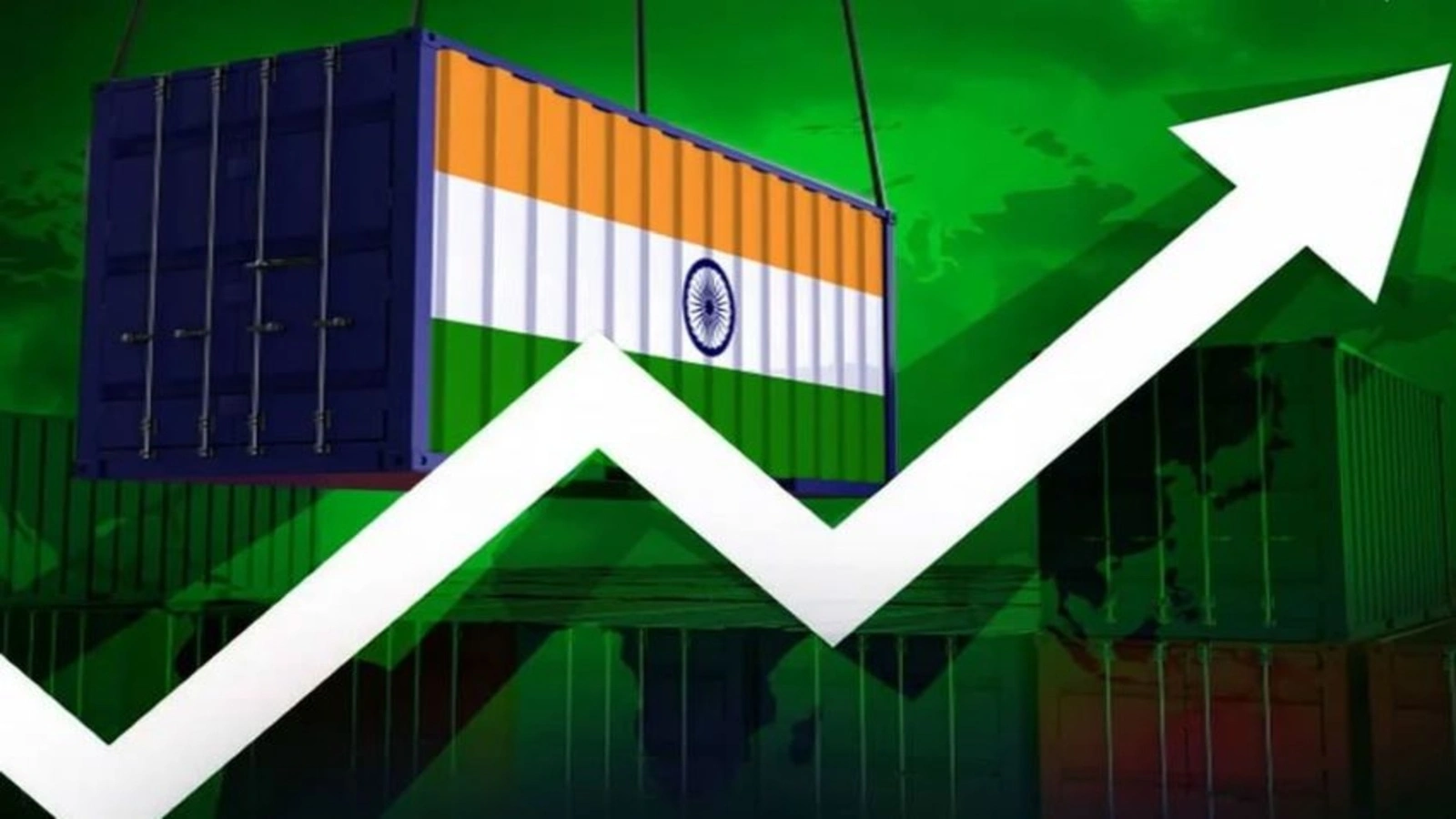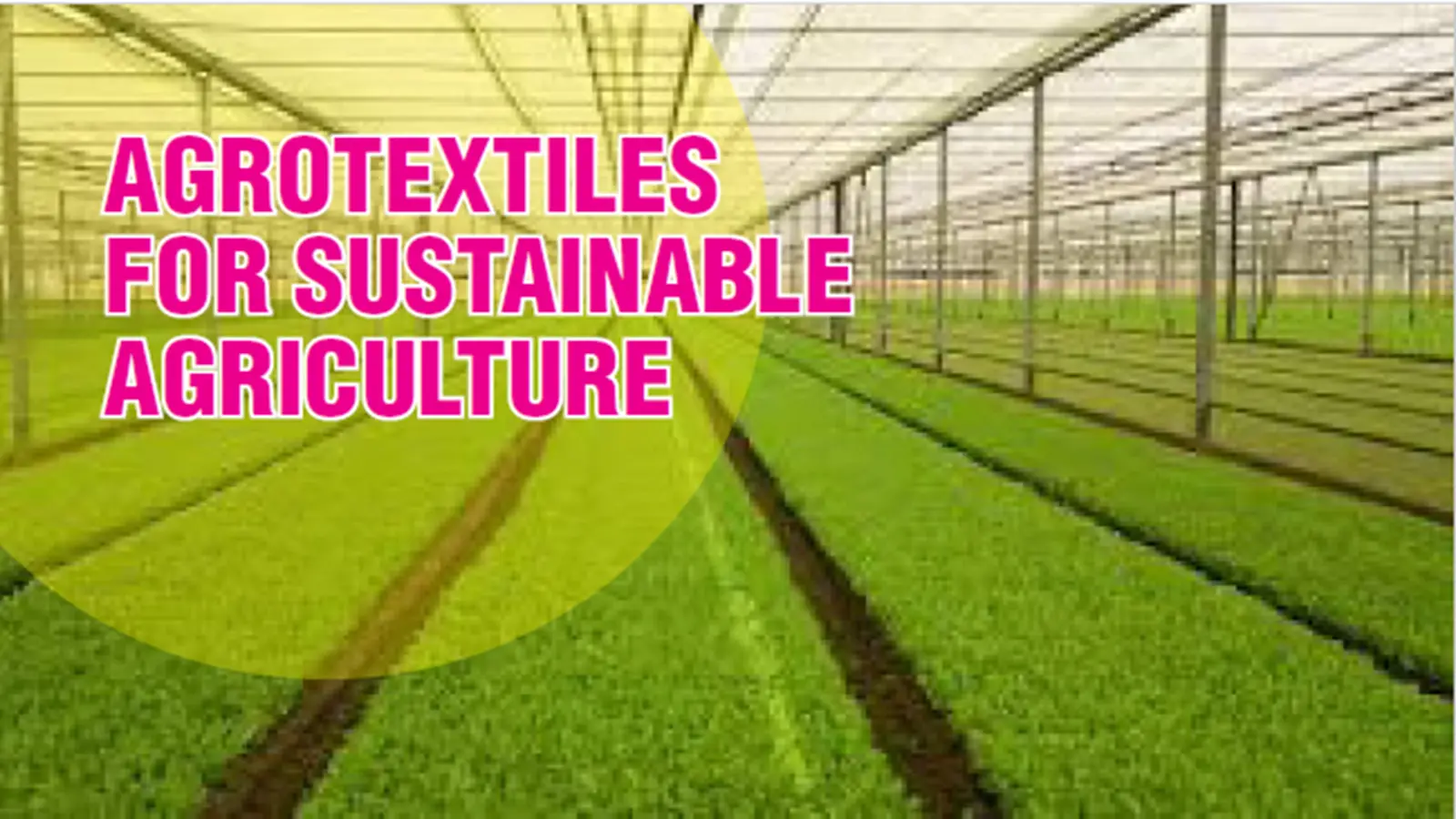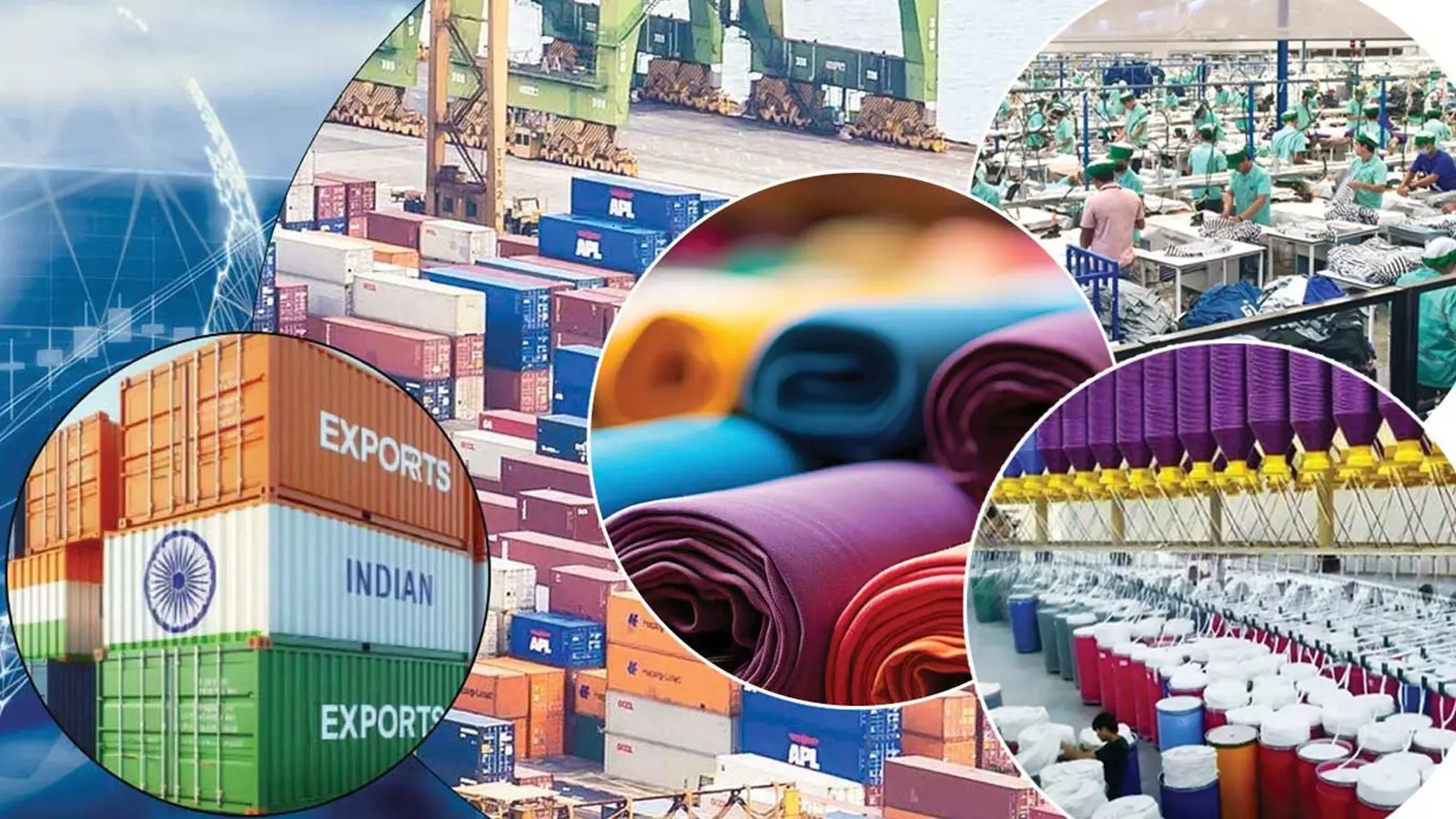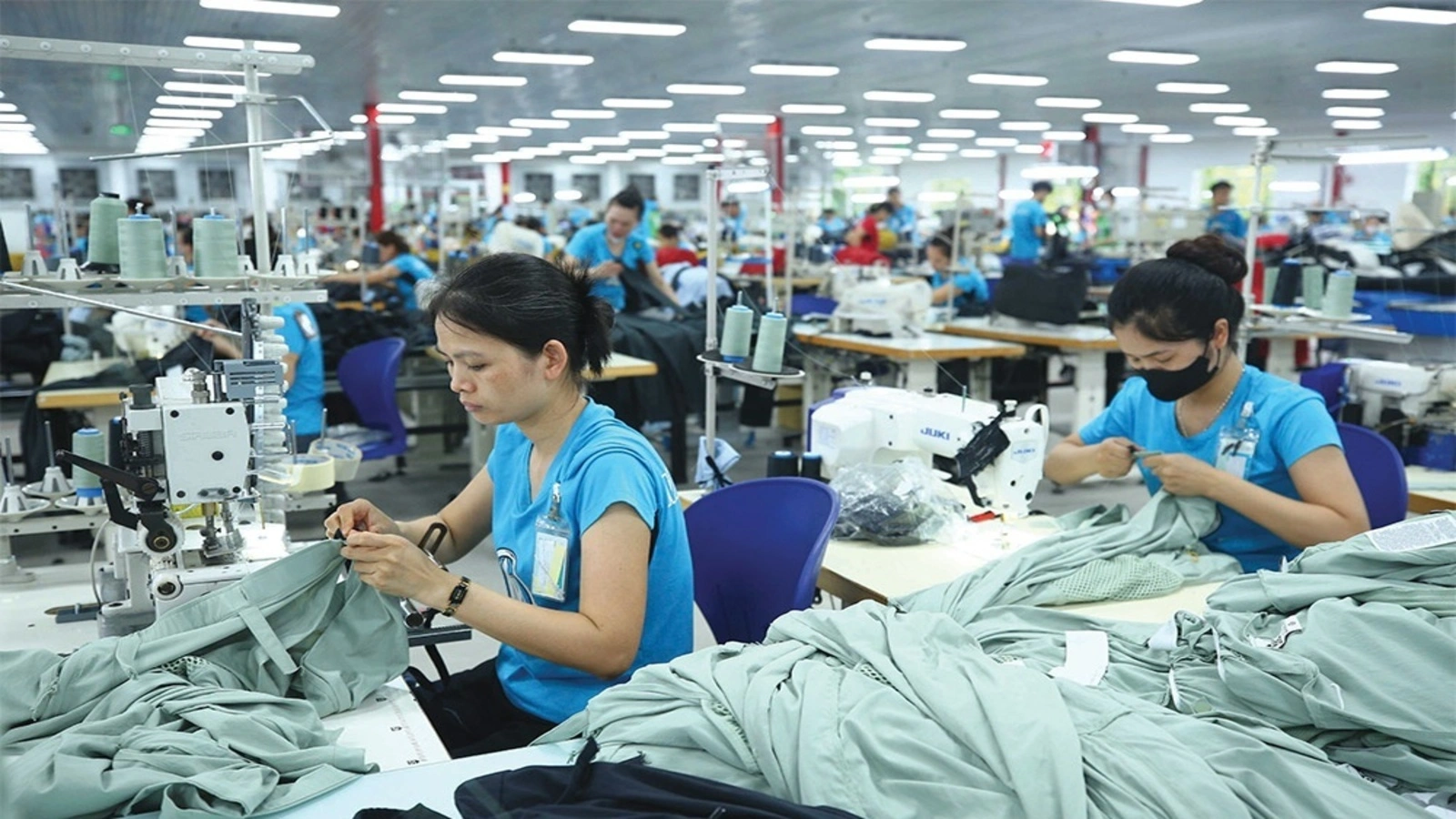Agrotextiles For Sustainable Agriculture
Share Post
In the grand narrative of agricultural advancement, the integration of technical textiles into the fabric of modern farming stands as one of the most transformative developments of the 21st century. Among these, agrotextiles and greenhouse technologies have emerged as pivotal players in shaping the future of sustainable and productive agriculture. A greenhouse is more than a shelter for plants; it is a carefully engineered microclimatic chamber that manipulates environmental conditions to favor plant growth. Theoretical foundations of greenhouses lie in thermodynamics, light physics, material science, and plant physiology.
At its core, a greenhouse works on the principle of the greenhouse effect. Solar radiation enters through the transparent covering, typically glass or plastic, and is absorbed by the surfaces inside, including plants and soil. These surfaces re-emit energy in the infrared spectrum, which cannot easily pass back through the covering material, thus trapping heat within the structure.
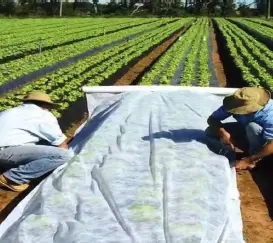
This phenomenon creates a warmer internal environment compared to the outside, particularly beneficial for plant growth during colder seasons. The design of a greenhouse also involves consideration of factors such as orientation, ventilation, structural material, and insulation. Orientation ensures maximum solar gain, while controlled ventilation balances temperature, humidity, and gas exchange. Structurally, greenhouses must be resilient to environmental forces such as wind, snow, and hail, necessitating a nuanced understanding of mechanical load distribution and material durability.
Agro-textiles refer to the specialized subset of technical textiles used in agriculture and to enhance productivity, quality, and sustainability. The theory behind agro-textiles is an intersection of textile engineering, polymer chemistry, agronomy, and environmental science. The primary function of agro-textiles is to modify the immediate environment of crops. This includes controlling radiation, moisture, temperature, and exposure to wind and pests. Textiles such as shade nets, insect nets, mulch mats, and ground covers are engineered with specific properties tailored to these functions.
From a theoretical standpoint, the efficacy of agrotextiles depends on their porosity, tensile strength, UV stability, permeability, and durability. The choice of fiber natural or synthetic along with weave patterns and coating technologies plays a crucial role in determining these properties. The marriage between greenhouses and agro-textiles represents a convergence of microclimatic management and Protective Textile engineering. In theoretical terms, this relationship can be understood through systems theory and ecological modeling. In systems theory, a greenhouse equipped with agrotextiles can be seen as a closed-loop system where inputs (light, water, nutrients) and outputs (plant biomass, oxygen, heat) are regulated for optimal efficiency.
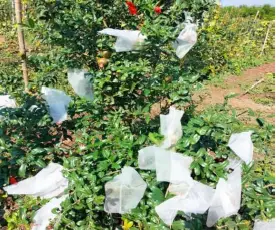
Agro-textiles act as control elements, fine-tuning the environmental parameters within the greenhouse. For example, thermal screens reduce heat loss, while shading cloths prevent excessive solar gain, contributing to a more stable and controlled system. Ecological modeling helps in predicting plant responses under varying conditions modulated by textiles within greenhouses. This predictive capability is crucial for designing smarter, more responsive agricultural environments that mimic natural ecosystems while amplifying productivity.
Material selection is foundational to both greenhouses and agro-textiles. The theoretical basis for material choice lies in polymer physics, degradation kinetics, and mechanical engineering. Polymers such as polyethylene, polypropylene, and polyester dominate due to their lightweight nature, mechanical strength, and resistance to environmental degradation. Additives such as UV stabilizers, anti-fog agents, and flame retardants enhance the functional lifespan and safety of these materials. The theoretical understanding of light transmission and diffusion is articularly critical.
For greenhouses, covers must allow maximum Photosynthetically Active Radiation (PAR) while diffusing light to reduce shadows and improve uniformity. This requires precise control over the refractive index, surface texture, and thickness of the covering materials. In agro-textiles, the weave density, fiber orientation, and surface finish influence not just physical properties but also ecological interactions such as pest deterrence and water conservation. The scientific principles behind fiber interactions with environmental agents form a key area of theoretical exploration.
Controlling the thermal and optical environment is a central theme in greenhouse and agro-textile design. Theories from thermodynamics and optics inform strategies to manage heat and light efficiently. Heat transfer within greenhouses involves conduction through structural elements, convection via air movement, and radiation from surfaces. Understanding the principles of energy balance helps in designing covers and textiles that reduce undesirable heat exchange. For instance, aluminized thermal screens reflect infrared radiation back into the growing space, conserving energy during the night. Optical management, on the other hand, involves selecting materials that optimize light quality and quantity. The theory of selective light filtering allows for materials that promote specific wavelengths beneficial for plant growth, while blocking others that may trigger stress responses or promote weed growth.
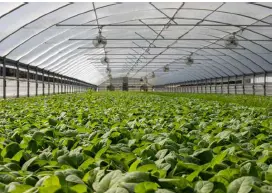
The rise of greenhouses and agro-textiles must be theoretically examined in the context of sustainability and environmental stewardship. Life Cycle Assessment provides a theoretical framework for evaluating the environmental footprint of materials and processes used. Sustainability theories emphasize resource efficiency, recyclability, and minimal ecological disruption. In this light, biodegradable textiles and recyclable polymers represent a theoretical shift towards circular agriculture. Environmental ethics further add a philosophical dimension, urging innovations that align with ecological harmony and intergenerational responsibility.
The concept of ecosystem services also becomes relevant, where agro-textiles and greenhouses are seen not just as production tools but as contributors to water conservation, soil preservation, and biodiversity enhancement. Understanding how plants respond to their modified environments under the influence of greenhouses and agro-textiles requires a theoretical model of plant environment interactions.
Photosynthesis models help quantify the impact of light modulation, while transpiration and stomatal conductance theories inform the design of humidity and temperature control systems. Plant stress physiology offers insights into how textiles that mitigate wind or UV exposure reduce abiotic stress and enhance growth. Crop simulation models, integrating factors such as radiation use efficiency, canopy temperature, and soil moisture dynamics, allow for a theoretical assessment of productivity gains under textile-modified conditions.
Agro-textiles are rooted in the rich theoretical landscape of textile engineering. Yarn mechanics, fabric construction, and finishing processes all contribute to the performance characteristics of these textiles. Weaving and knitting theories explain how different fabric structures can influence tensile behavior, elongation, and porosity. Coating and lamination theories delve into how surface treatments can enhance properties such as hydrophobicity, UV resistance, and antimicrobial action. Fiber science adds another layer, exploring the molecular structure of polymers and their transformation under environmental stresses. This theoretical knowledge underpins innovations in smart textiles materials that respond dynamically to changes in temperature, humidity, or light.
The future of greenhouses and agro-textiles is intricately tied to ongoing theoretical research. Emerging areas such as nanotechnology, biotechnology, and AIdriven climate modeling are expected to redefine the boundaries of what is possible. NanoFibers and nanocoatings promise superior control over environmental parameters, offering ultra-lightweight and high-strength materials. Theoretical models in biotechnology are paving the way for bioactive textiles that can interact with plant biochemistry to promote growth or resist pathogens.
04:24 PM, Oct 14
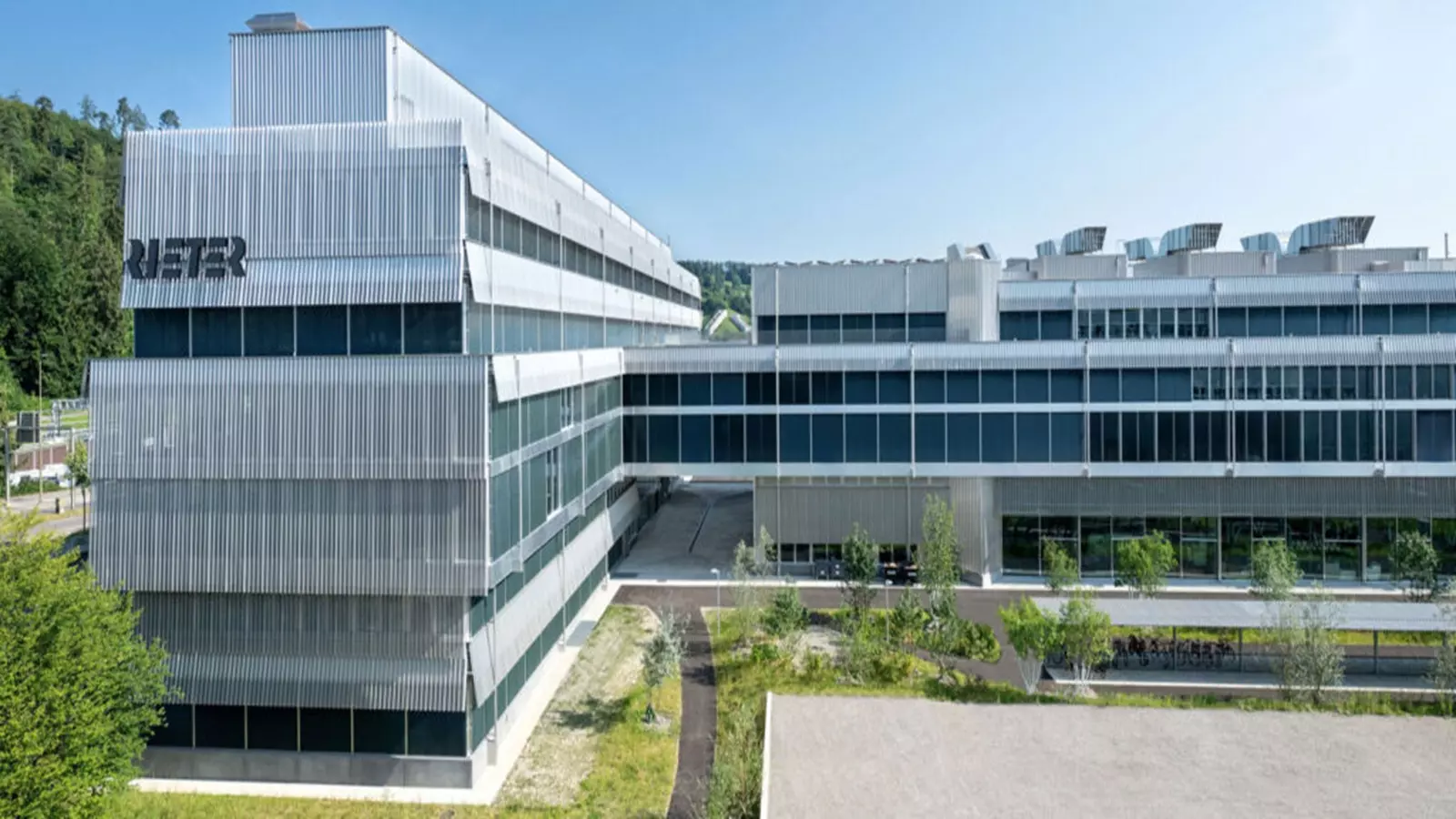
Rieter Issues Market Update on Completion of Barmag Acquisition
10:33 AM, Dec 20
